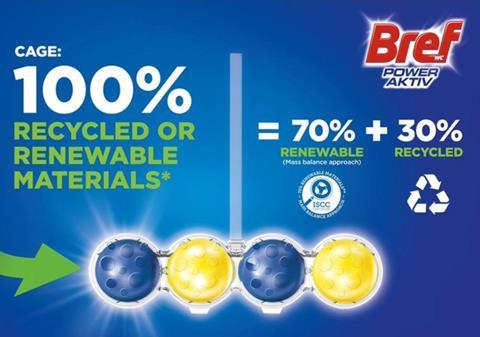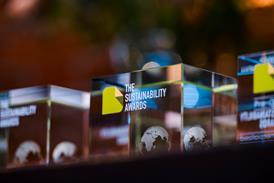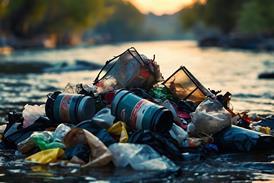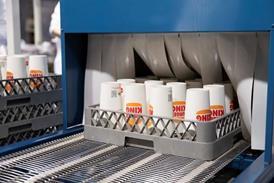
Henkel and LyondellBasell (LYB) have collaborated to develop a renewable-based solution for the plastic cage of Henkel’s WC Frisch/Bref solid toilet rim blocks, using 30% mechanically recycled plastics and 70% bio-circular based raw materials.
The solution is produced with LYB’s CirculenRenew portfolio, applying a mass balance approach. According to the company, the bio-based feedstock comes from wastes such as residues from vegetable oil processing.
CirculenRenew is designed to be a drop-in solution, said to deliver the same high-performance as fossil-based alternatives with lower CO2 emissions during production. LYB claims that CirculenRenew polypropylene (PP) grades offer up to 44% lower product carbon footprint (PCF) than fossil-based PP on a cradle-to-gate basis. The company adds that the bio-circular feedstocks used do not compete with food production, ensuring renewable content is ‘allocated and certified’ while maintaining strict quality.
Both Henkel and LYB are due to showcase their products at K 2025 this month, taking place in Düsseldorf, Germany from October 8th-15th.
In related news, in June INEOS Olefins & Polymers in Lavera, France, announced it had received the first deliveries of pyrolysis oil, a feedstock made from recycling plastic waste which will be used to manufacture recycled polymers. INEOS hopes this will help its customers meet the EU requirements for food contact, medical and sensitive plastic packaging to have a minimum of 10% recycled content by 2030.
The same month, global packaging company Elopak, Orkla Home and Personal Care (OHPC) and Dow rolled out a new line of cartons containing a mix of recycled polyethylene and bio-circular (renewable) polymers. Elopak’s customers can choose to include the new mix of recycled and renewable polymers in all Elopak offerings, valid for both blanks and closures.
If you liked this story, you might also enjoy:
The ultimate guide to the Packaging and Packaging Waste Regulation in 2025
How are the top brands progressing on packaging sustainability?
Everything you need to know about global packaging sustainability regulation in 2025
The key to increasing the use of reusable packaging in supermarkets


















No comments yet